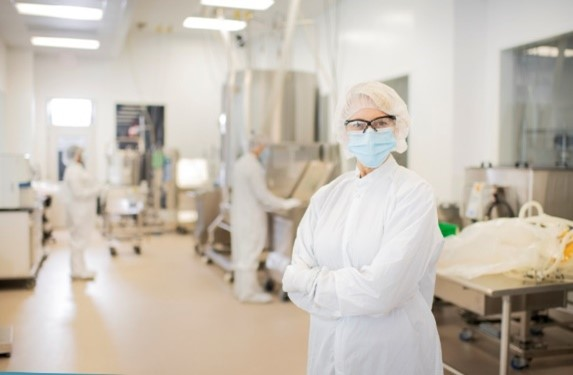As drug and vaccine manufacturers work to optimize mRNA production processes, one hurdle to overcome is mRNA’s susceptibility to breakdown by ribonuclease (RNase) enzymes introduced during production.
The fast-emerging field of mRNA vaccines and therapeutics
COVID-19 vaccines put mRNA technology front and center, showcasing its power to benefit patients in the real world for the first time. Now, clinical interest in mRNA’s potential is rising to new levels, and more nucleic acid formulations are moving forward to transform the future of healthcare.
Outside of the pandemic, researchers are looking at mRNA to combat other viral threats, including rabies, HIV, influenza, Zika, and cytomegalovirus. And beyond infectious diseases, scientists are studying mRNA to treat cancer, diabetes, and genetic disorders, such as cystic fibrosis.
With the clinical promise of mRNA growing, drug and vaccine manufacturers are working to optimize mRNA production processes where no standards currently exist. A hurdle to overcome on this journey is mRNA’s susceptibility to breakdown by ribonuclease (RNase) enzymes introduced during production.
The RNAse challenge when manufacturing mRNA
One factor motivating the drive to broadly apply mRNA to many clinical areas is the fact that the technology is faster and easier to produce than other vaccine platforms. This speed serves as a major benefit in terms of vaccine access, especially when widespread distribution and an efficient response are essential, as is the case in a pandemic.
But quick doesn’t mean simple. Manufacturing mRNA, while relatively fast, is still a complex process requiring multiple steps that need careful monitoring and control. Best practices for mRNA manufacturing are not yet established, but purification plays an important role in removing a range of unwanted components introduced during production and testing helps to ensure the quality and safety of final products.
The presence of the enzyme RNase is of particular interest as it can destroy mRNA and affect product quality. While RNAses serve a range of useful functions in the body, they can degrade the active mRNA component in a pharmaceutical product and, therefore, compromise efficacy.
Three ways manufacturers can reduce the risk of RNase contamination
Skin, bacteria, mold, and airborne particles are just some of the common sources of ribonucleases in the environment. RNase enzymes are everywhere, and RNase contamination is generally the leading cause of mRNA degradation.
In combination with careful monitoring for the presence of RNase activity, there are some key steps manufacturers can take to prevent mRNA degradation by RNases within their products.
- Use certified RNAse-free consumables and well-defined raw materials.
- Minimize production time and reduce the need for manual processing.
- Maintain high standards for facility hygiene.
A main source of RNase activity in mRNA production comes from reagents and single-use systems that are part of the manufacturing process. Using products that are certified to be RNase-free wherever possible will significantly reduce the risk of your final product being destroyed due to enzymatic breakdown.
RNase can be introduced to products from the skin of operators managing manufacturing processes. So, the higher the degree of manual handling that occurs, the higher the risk of RNAse contamination. Minimizing production time and using automated systems without the need for hands-on steps can help eliminate this source of contamination.
When manual handling is unavoidable, there should be strict protocols in place for operators to follow to avoid contamination.
Washing with sodium hydroxide followed by certified RNAse-free water or buffer remains an effective option for reducing the risk of RNase activity coming from hardware and single-use components that are not RNase-free. It’s worth noting, however, that the RNase A family of enzymes is highly resistant to breakdown even with exposure to chemicals or extreme temperatures, so some risk of RNase activity will remain.
As mRNA production becomes more standardized, there are likely to be new technologies, methodologies, and techniques to reduce the risk of degradation. Increased availability of single-use consumables certified for mRNA process is also likely over time. Until new solutions are put into place, however, mRNA manufacturers should remain vigilant and diligent in controlling the influence of RNase on the quality and integrity of their final products.
Want to learn more about how to maintain a nuclease free environment? Get tips from Cytiva scientist Wangshu Jiang in this video.

